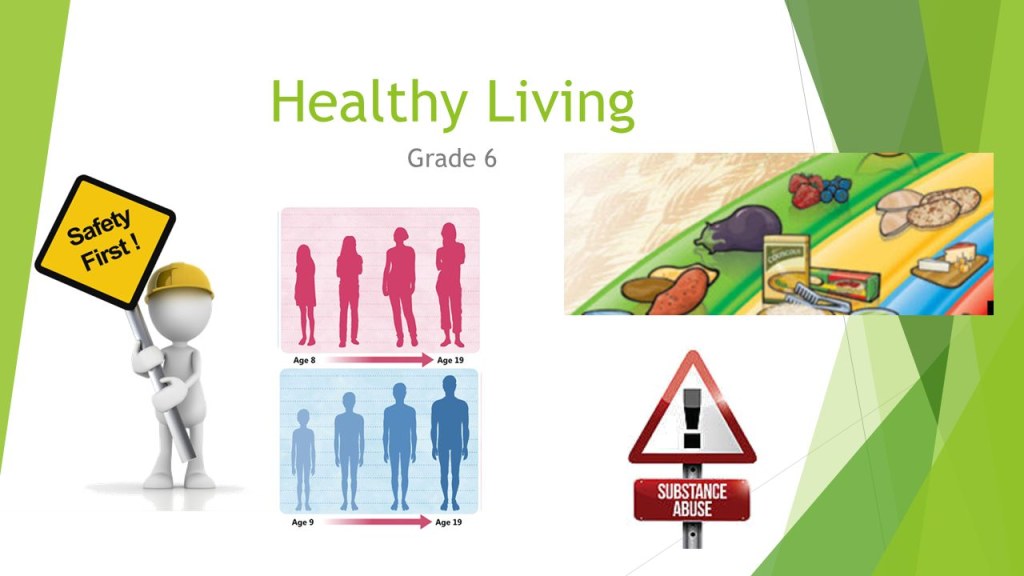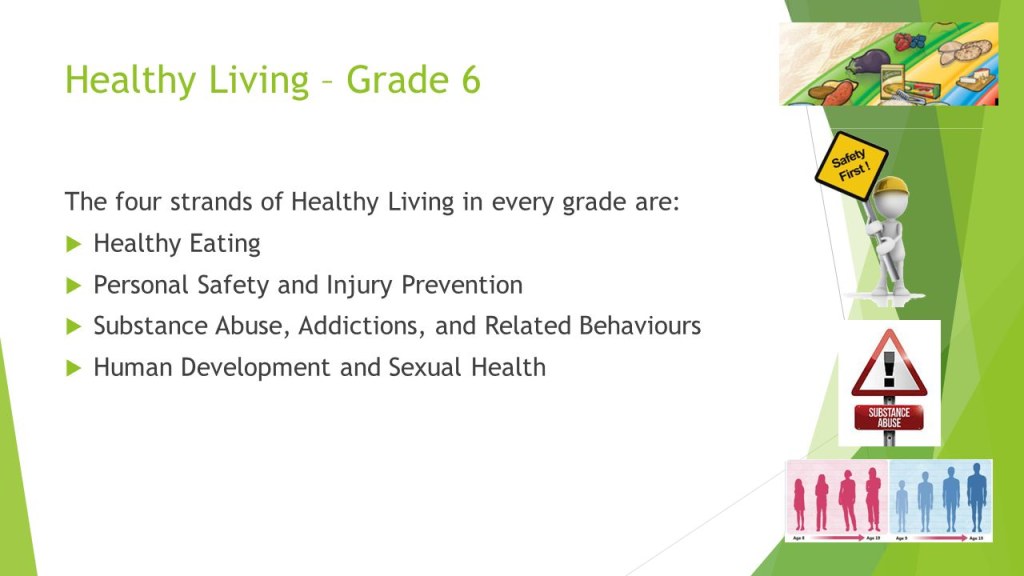Transform Your Lifestyle With Healthy Living Year 6: Unleash The Power Of Wellness Today!
Healthy Living Year 6
Greetings, Readers! In today’s article, we will explore the topic of healthy living year 6. As children grow and develop, it becomes even more crucial to prioritize their health and well-being. In this article, we will discuss the different aspects of healthy living for year 6 students, including what it entails, who it is relevant to, when and where it should be practiced, why it is important, and how to incorporate it into daily life. So, let’s dive in and discover the key elements of healthy living year 6!
Table of Contents
What is Healthy Living Year 6?
Who is it Relevant to?
When Should it be Practiced?
Where Should it be Practiced?
Why is it Important?
How to Incorporate it into Daily Life?
Advantages and Disadvantages
Frequently Asked Questions
Conclusion
Final Remarks
2 Picture Gallery: Transform Your Lifestyle With Healthy Living Year 6: Unleash The Power Of Wellness Today!


What is Healthy Living Year 6?
Healthy living year 6 refers to the practice of maintaining a balanced and nutritious lifestyle among children in their sixth year of education. It encompasses various aspects such as physical activity, healthy eating habits, mental well-being, and proper hygiene. By adopting healthy habits at a young age, year 6 students can lay the foundation for a lifetime of well-being and positive health outcomes.
Physical Activity
Regular physical activity is an essential component of healthy living year 6. Engaging in activities such as sports, exercise, and play helps children develop strong muscles and bones, improves cardiovascular health, and enhances overall fitness levels. It also promotes the development of motor skills and coordination.
Healthy Eating Habits

Image Source: slideplayer.com
Another crucial aspect of healthy living year 6 is maintaining a nutritious diet. Year 6 students should consume a variety of fruits, vegetables, whole grains, lean proteins, and dairy products. A well-balanced diet provides essential nutrients for growth, supports cognitive function, and helps maintain a healthy weight.
Mental Well-being
Ensuring the mental well-being of year 6 students is equally important. Encouraging open communication, providing a supportive environment, and teaching stress management techniques can contribute to their emotional resilience. Promoting positive self-esteem and body image is also essential for their overall mental health.
Proper Hygiene
Teaching good hygiene practices is vital for healthy living year 6. Students should be educated on the importance of regular handwashing, maintaining personal cleanliness, and following proper dental care routines. These habits help prevent the spread of germs and reduce the risk of illness.
Who is it Relevant to?
Healthy living year 6 is relevant to all children in their sixth year of education. It is a critical stage of their development, as they transition from early childhood to adolescence. Implementing healthy habits during this phase can have a significant impact on their physical, mental, and emotional well-being. Parents, teachers, and caregivers play a crucial role in supporting and promoting healthy living practices among year 6 students.
When Should it be Practiced?
Healthy living year 6 should be practiced consistently throughout the year. It is not limited to specific seasons or occasions but should be incorporated into daily routines. By making healthy choices a habit from an early age, year 6 students can establish a strong foundation for a healthy lifestyle that will benefit them in the long run.
Where Should it be Practiced?

Image Source: slideplayer.com
Healthy living year 6 should be practiced both at home and in school. Parents and guardians can create a healthy environment at home by providing nutritious meals, encouraging physical activity, and promoting positive mental health. Schools can support healthy living by incorporating physical education classes, offering balanced meal options, and providing a supportive learning environment.
Why is it Important?
Healthy living year 6 is important for several reasons. Firstly, it promotes optimal growth and development during a critical stage of childhood. By prioritizing health, year 6 students can enhance their physical and cognitive abilities, leading to improved academic performance. Secondly, healthy living instills lifelong habits that can prevent the onset of chronic diseases later in life. By adopting a balanced lifestyle from an early age, individuals are more likely to maintain good health as adults.
How to Incorporate it into Daily Life?
Incorporating healthy living into daily life can be achieved through small, manageable steps. Encourage year 6 students to engage in at least one hour of physical activity every day, whether through organized sports, outdoor play, or active games. Provide nutritious meals and snacks, involving children in meal planning and preparation. Teach stress management techniques such as deep breathing and mindfulness exercises. Emphasize the importance of regular handwashing and hygiene practices.
Advantages and Disadvantages
Advantages:
Improved Physical Health
Engaging in regular physical activity and maintaining a nutritious diet can lead to improved physical health. Year 6 students who prioritize healthy living are more likely to have strong immune systems, better cardiovascular fitness, and a reduced risk of obesity and related diseases.
Enhanced Mental Well-being
Practicing healthy living year 6 can contribute to enhanced mental well-being. Physical activity releases endorphins, which promote feelings of happiness and reduce stress. A balanced diet supports brain function and can improve concentration and mood. Good hygiene habits also contribute to overall mental well-being.
Positive Habits for Life
By adopting healthy habits at a young age, year 6 students are more likely to continue practicing them throughout their lives. This sets the foundation for a lifetime of well-being and reduces the risk of developing lifestyle-related diseases such as diabetes, heart disease, and certain cancers.
Disadvantages:
Challenges in Implementation
Implementing healthy living year 6 may pose challenges due to various factors. Limited access to nutritious foods, lack of safe outdoor play spaces, and sedentary lifestyles can hinder the adoption of healthy habits. Additionally, peer pressure and societal influences may promote unhealthy behaviors among children.
Time Constraints
Busy schedules and academic commitments can make it challenging for year 6 students to prioritize healthy living. Finding a balance between schoolwork, extracurricular activities, and maintaining a healthy lifestyle may require careful planning and time management.
Frequently Asked Questions
1. Is it necessary for year 6 students to engage in physical activity every day?
Yes, year 6 students should aim to engage in at least one hour of physical activity every day to promote their overall health and well-being.
2. Can healthy living practices benefit academic performance?
Yes, healthy living practices, including regular physical activity and a balanced diet, can enhance cognitive function and contribute to improved academic performance.
3. How can parents promote healthy living at home?
Parents can promote healthy living at home by providing nutritious meals, encouraging physical activity, and creating a supportive environment for mental well-being.
4. Are there any resources available to help year 6 students learn about healthy living?
Yes, there are numerous resources available, including books, websites, and educational programs, that provide information and guidance on healthy living year 6.
5. Can healthy living practices reduce the risk of chronic diseases?
Yes, adopting healthy living practices from a young age can reduce the risk of developing chronic diseases such as obesity, diabetes, and heart disease later in life.
Conclusion
In conclusion, healthy living year 6 plays a vital role in the overall well-being of children during their sixth year of education. By incorporating regular physical activity, maintaining a balanced diet, prioritizing mental well-being, and practicing proper hygiene, year 6 students can set the foundation for a lifetime of good health. While challenges may arise, the advantages of healthy living, such as improved physical health, enhanced mental well-being, and positive habits for life, far outweigh the disadvantages. So, let us embrace healthy living year 6 and empower our children to lead happy, healthy lives!
Final Remarks
As we conclude this article on healthy living year 6, it is essential to remember that each child is unique, and their individual needs and circumstances should be considered when implementing healthy living practices. This article serves as a guide and starting point for parents, teachers, and caregivers to promote healthy habits among year 6 students. Remember, small steps and consistent efforts can lead to significant changes in the lives of our children. Here’s to a future filled with health and happiness!
This post topic: Fitness Tips

